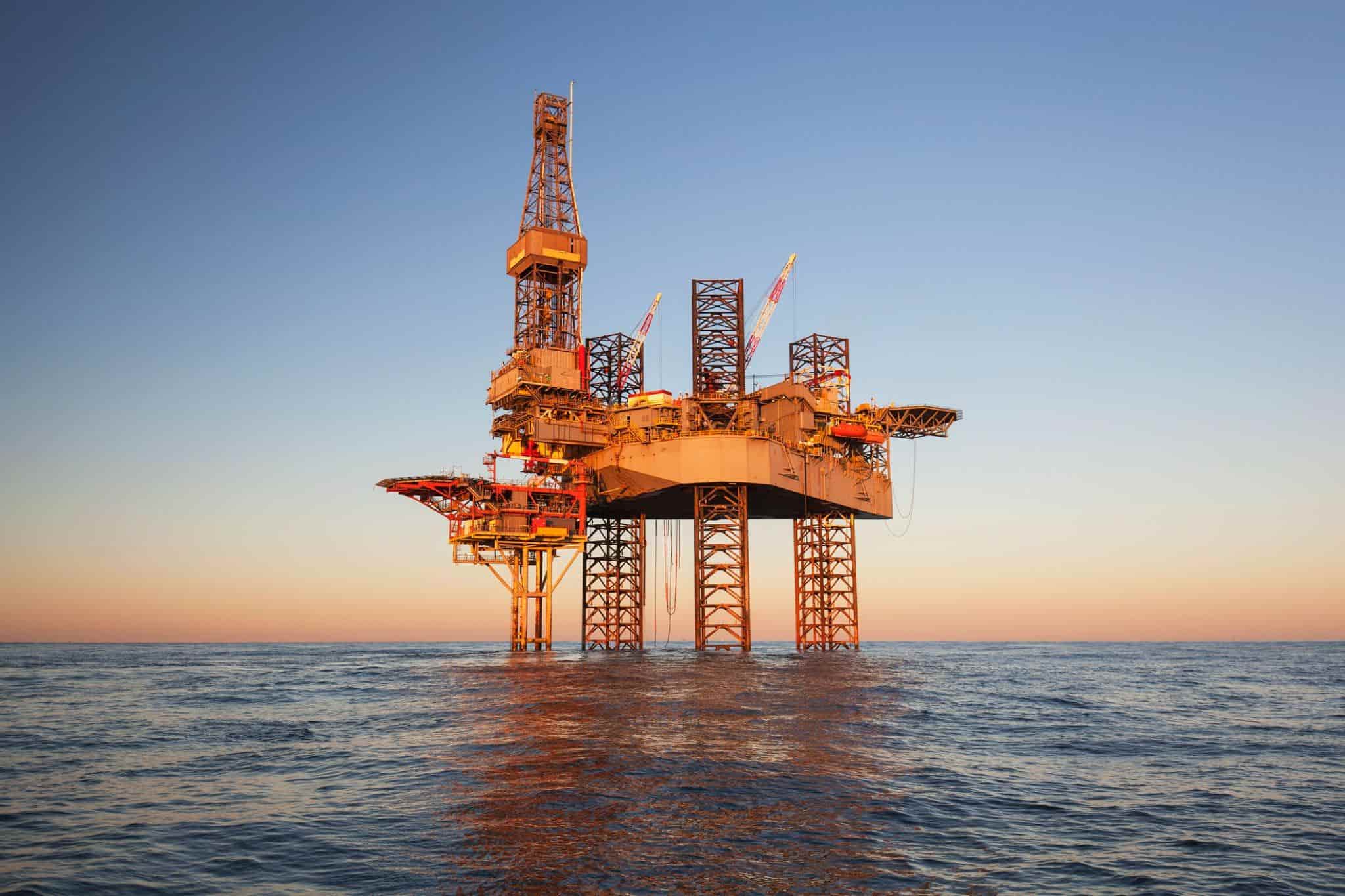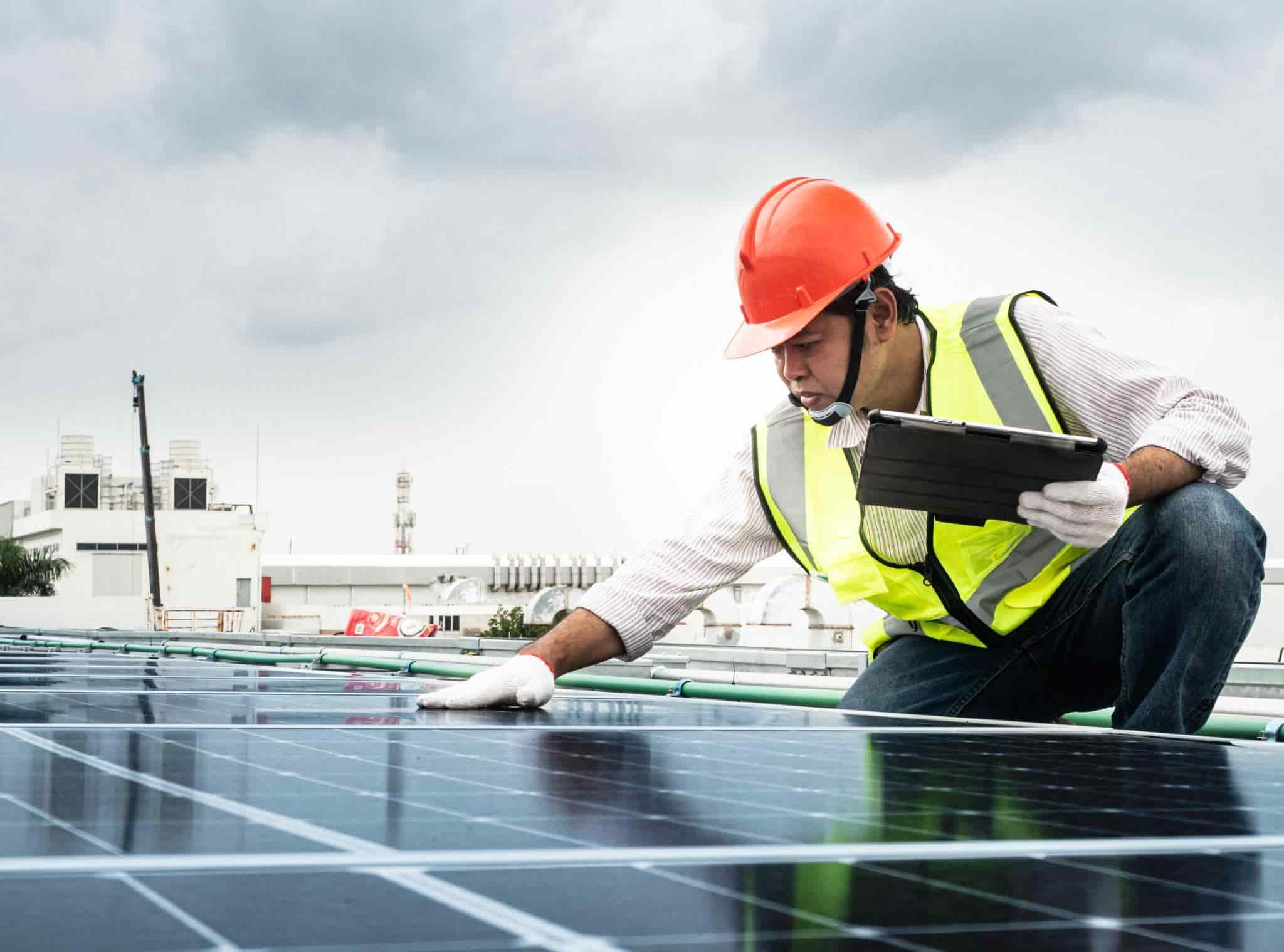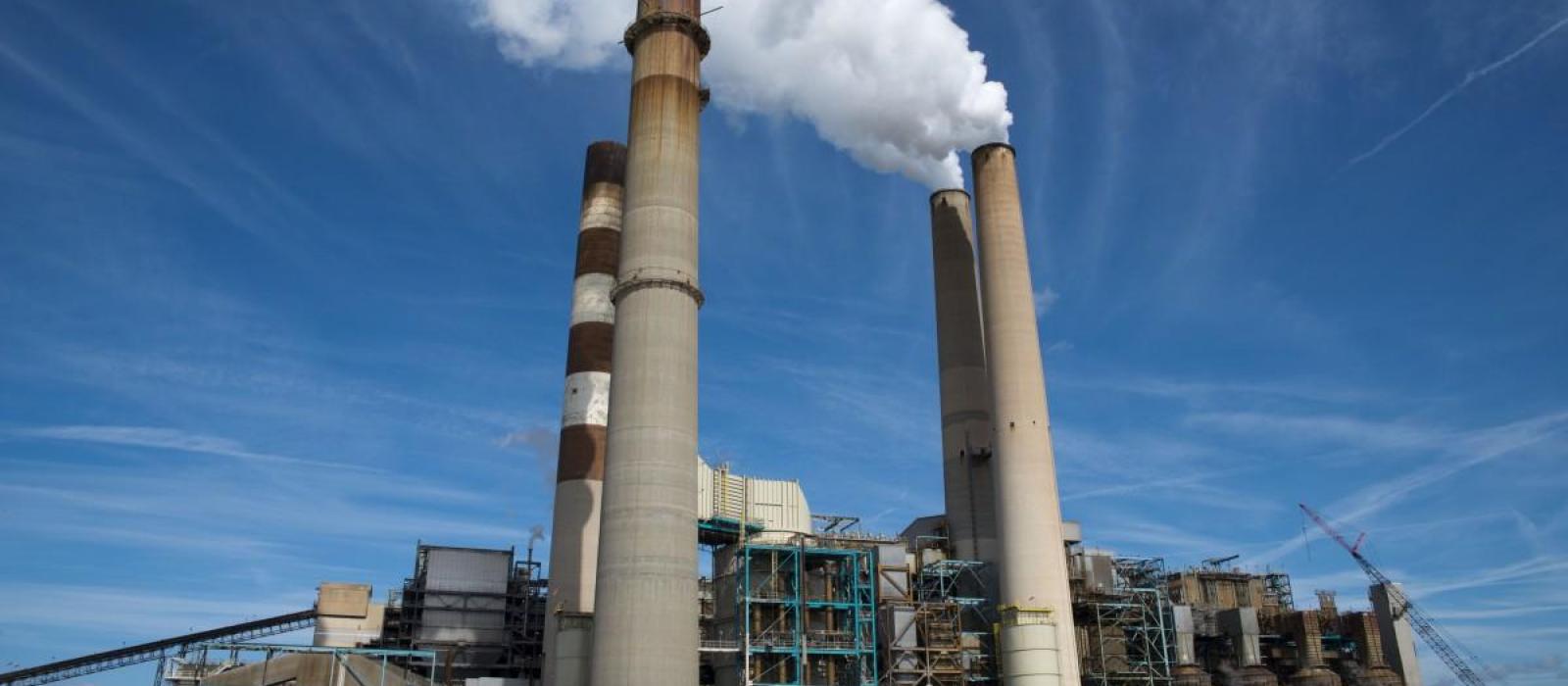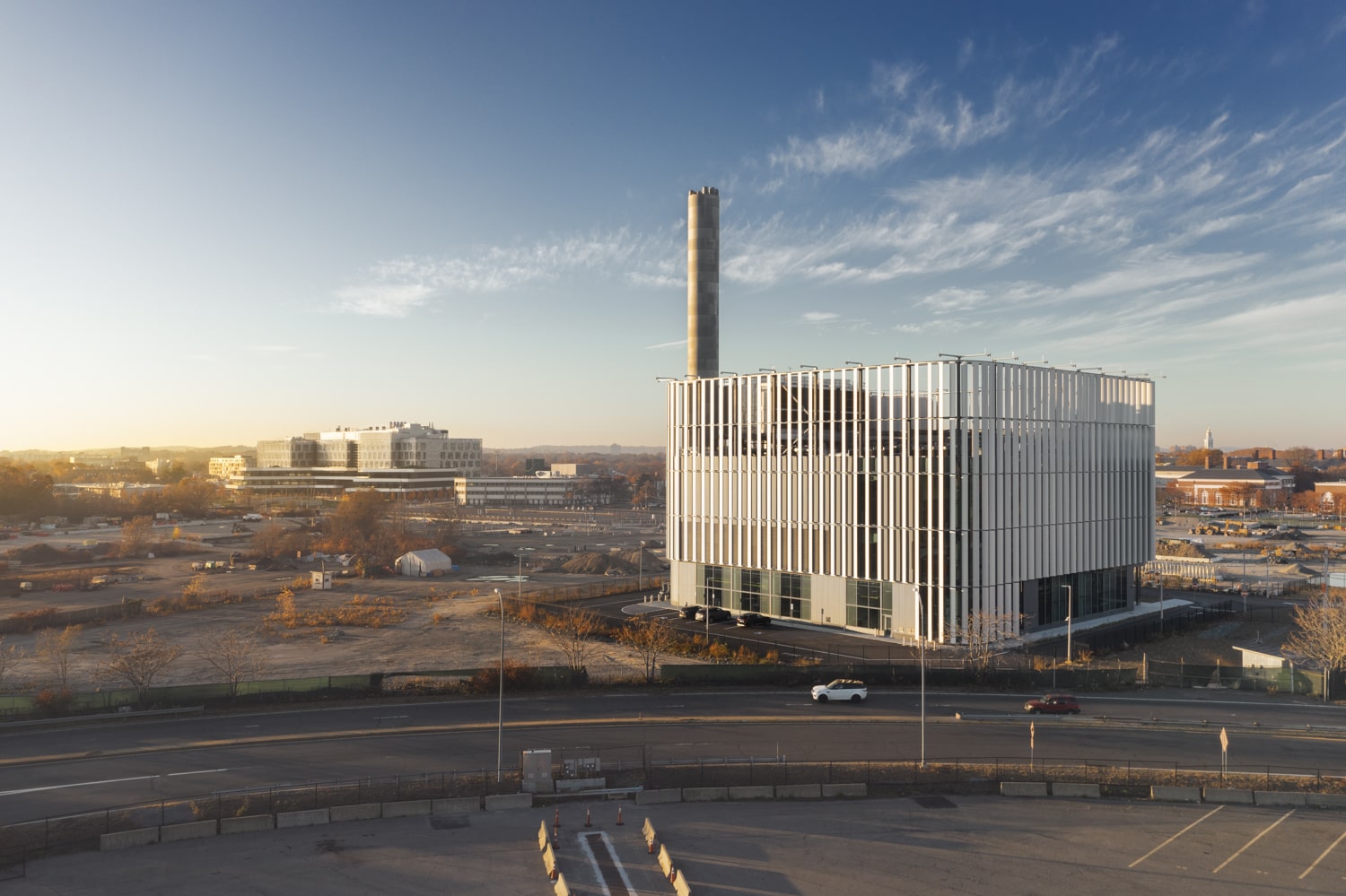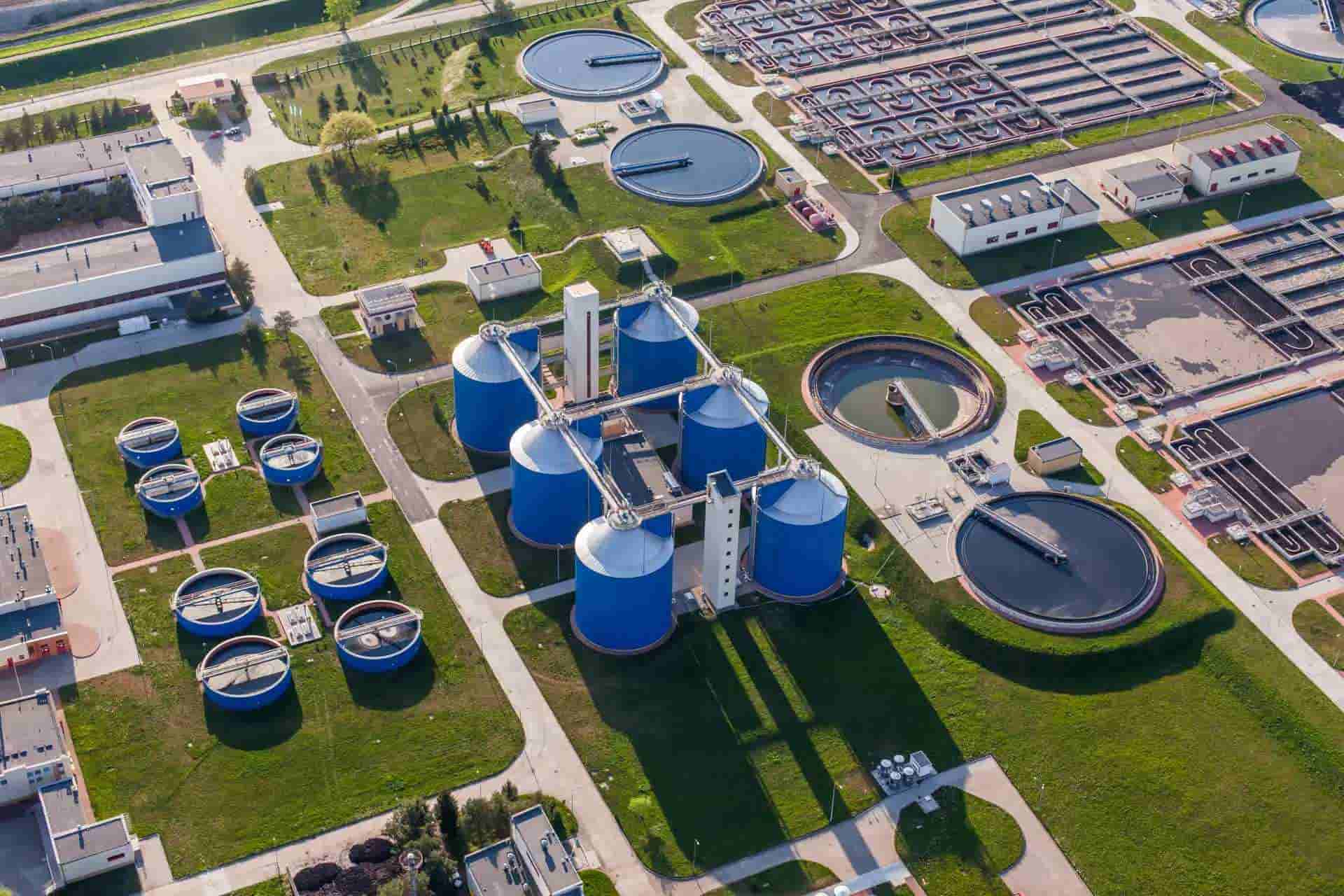Welcome to Ganymede, your trusted source of information on Mechanical Biological Treatment (MBT) with a focus on the revolutionary process of Anaerobic Digestion.
Mechanical Biological Treatment (MBT) is an advanced waste management process that combines mechanical and biological treatment methods. It aims to divert waste from landfills and incineration by extracting recyclable materials and converting organic waste into useful products.
The Objectives of MBT
MBT has several key objectives, including:
Waste diversion
By sorting and segregating waste, MBT reduces the amount of waste sent to landfills and incinerators, helping to preserve natural resources.
Resource recovery
MBT extracts recyclable materials such as metals, plastics, and paper, enabling their reuse and reducing the need for virgin materials.
Energy production
Through the process of Anaerobic Digestion, MBT generates biogas, a renewable energy source that can be used for heat and electricity production.
Organic waste management
MBT transforms organic waste into nutrient-rich compost and digestate, which can be used as fertilizers in agriculture and horticulture.
Anaerobic Digestion – A Game-Changing Process
Anaerobic Digestion is a biological process that decomposes organic materials in the absence of oxygen. This process harnesses the power of naturally occurring microorganisms to break down organic waste and produce biogas.
The Anaerobic Digestion Process
Feedstock preparation
Organic waste is collected and pre-treated to remove contaminants and optimize the composition for digestion.
Anaerobic reactor
The waste is then introduced into an anaerobic digester, where it undergoes a series of biochemical reactions facilitated by anaerobic bacteria.
Biogas production
As the organic waste breaks down, biogas—primarily composed of methane (CH4) and carbon dioxide (CO2)—is released.
Biogas utilization
The biogas can be used for various purposes, including electricity generation, heat production, or upgrading to biomethane for use as a vehicle fuel.
Digestate production
After digestion, the remaining material, called digestate, undergoes further processing to create nutrient-rich fertilizers or soil conditioners.
Benefits of MBT with Anaerobic Digestion
Environmental Benefits
- MBT diverts waste from landfills and incinerators, minimizing greenhouse gas emissions and landfill space requirements.
- Anaerobic Digestion produces biogas, a renewable energy source that reduces reliance on fossil fuels and contributes to a low-carbon economy.
- Digestate from Anaerobic Digestion can replace synthetic fertilizers, reducing the need for chemical inputs and promoting sustainable agriculture.
Economic Benefits
- MBT maximizes the value of waste by recovering recyclable materials, reducing the need for virgin resources and supporting a circular economy.
- Biogas generated through Anaerobic Digestion can be used to generate electricity and heat, offering potential cost savings and energy independence for waste management facilities.
Join us on this journey towards a greener future where waste becomes a valuable resource. Contact Ganymede today and let our MBT with Anaerobic Digestion technology revolutionize your waste management practices, turning your waste into renewable resources. Together, let’s make a positive impact on the environment while driving economic growth.





